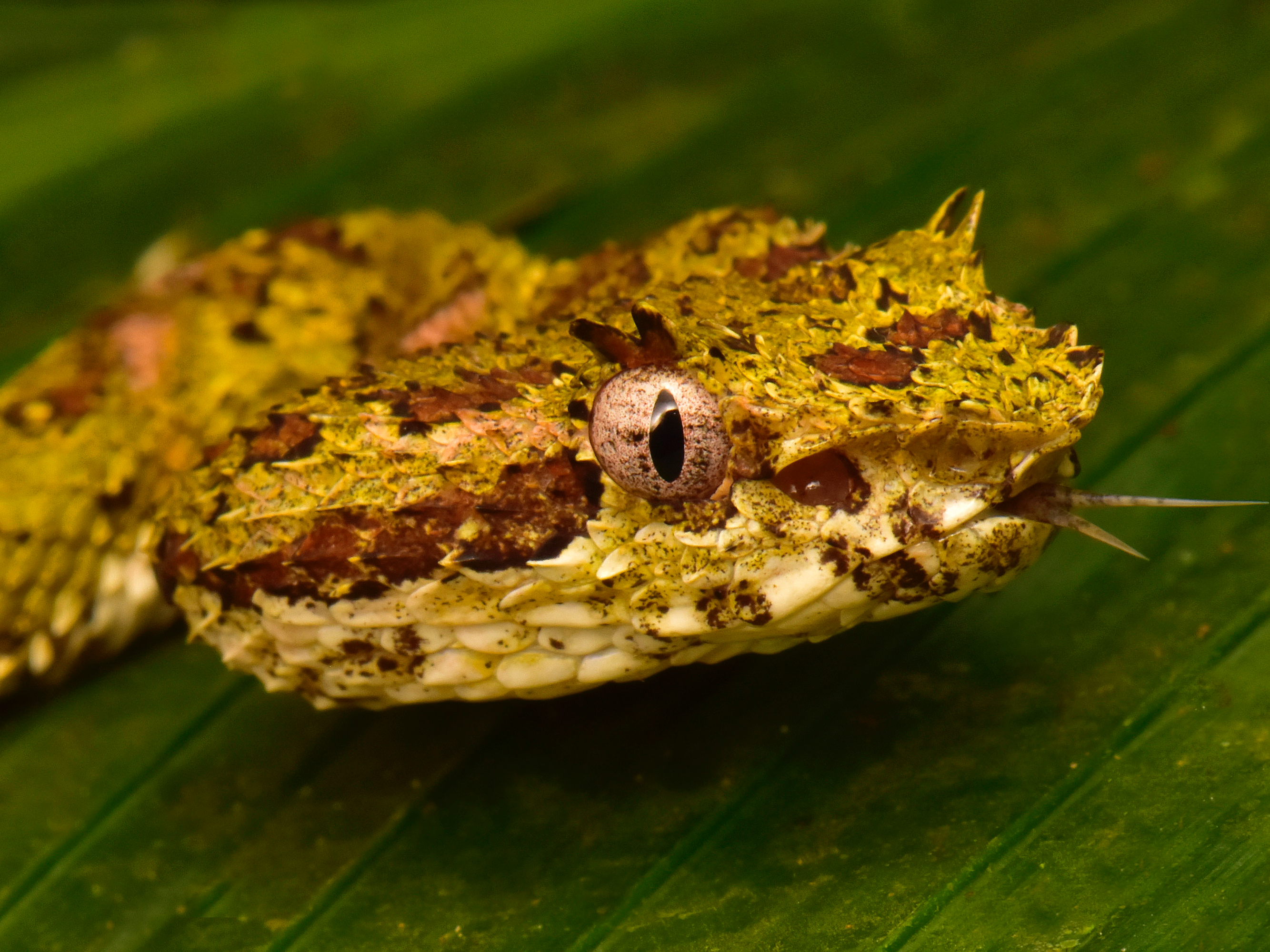- In a “lost city” in the Honduran rainforest, scientists have discovered creatures previously thought to be extinct.
- These rare animals, including a pale-faced bat and false tree coral snake, hadn’t been seen in Honduras for at least five decades.
- One fish species that they found had never been documented before.
- Many other plant and animal species in the region are endangered and at risk of extinction.
- Visit Business Insider’s homepage for more stories.
Deep in the Honduran jungle lies a “lost” city: La Cuidad Blanca, or the White City.
The ancient place remained untouched for more than half a millennium after ancestors of the indigenous Pech people quickly vacated the city. Archaeologists squabble over whether the city was ever actually lost, but they agree that its lush environment offers a mecca for diverse plant and animal species.
Recently, a team of researchers with the non-profit called Conservation International ventured into the protected, remote Mosquitia rainforest in Honduras to observe the myriad species in the White City.
In one particular area of the complex, called City of the Jaguar, they discovered at least three species previously thought to have been extinct. They also found one previously undocumented fish and many other amphibians and mammals that are threatened with extinction.
"Many of these species are uncommon or rare in other parts of their range due to habitat loss, degradation, hunting and other pressures," the Conservation International researchers wrote in a new report.
Here are nine of the incredible creatures they documented in the "City of the Jaguar."
The Cuidad Blanca site is so remote that the researchers had to be transported to and from the complex by helicopter. They brought an armed soldier escort for protection on the expedition, which took place in 2017.

The newly released report describes their findings. One creature they observed was the false tree coral snake, which was thought to have been extinct in Honduras since 1965.

The tiger beetle had only previously been observed at a single site in Nicaragua, and was also thought to be extinct.

Together, the team catalogued about 180 plant species, 250 insect species, and 198 bird species. The researchers rediscovered the pale-faced bat (Phylloderma stenops), which was last documented in Honduras in 1942.

They also identified rare and endangered fish, reptiles, amphibians, and mammals, including this Baird's Tapir (also known as the Central American tapir).

In total, the team documented 246 species of moths and butterflies, including this Morpho helenor butterfly.

One of the fish they found, called Poecilia, may be a brand-new discovery. It's nicknamed "a molly."

Some of the creatures the researchers photographed and catalogued are in dire straits. Fewer than 2,500 mature great green macaws remain in the wilds of Central America.

And the red-eyed tree frog is one of many amphibian species at risk of extinction in this region and around the world. Luckily, the Mosquitia rainforest is the largest contiguous protected area in Latin America north of the Amazon.

But that may not be enough. "Even though many of these places lie in official protected areas, it's very difficult to enforce protection," Trond Larsen, one of the researchers, said in a Conservation International blog post. "In many cases, this illegal activity is being driven tangentially by drug trafficking, so it's driven by powerful people with money."

Source: Conservation International

